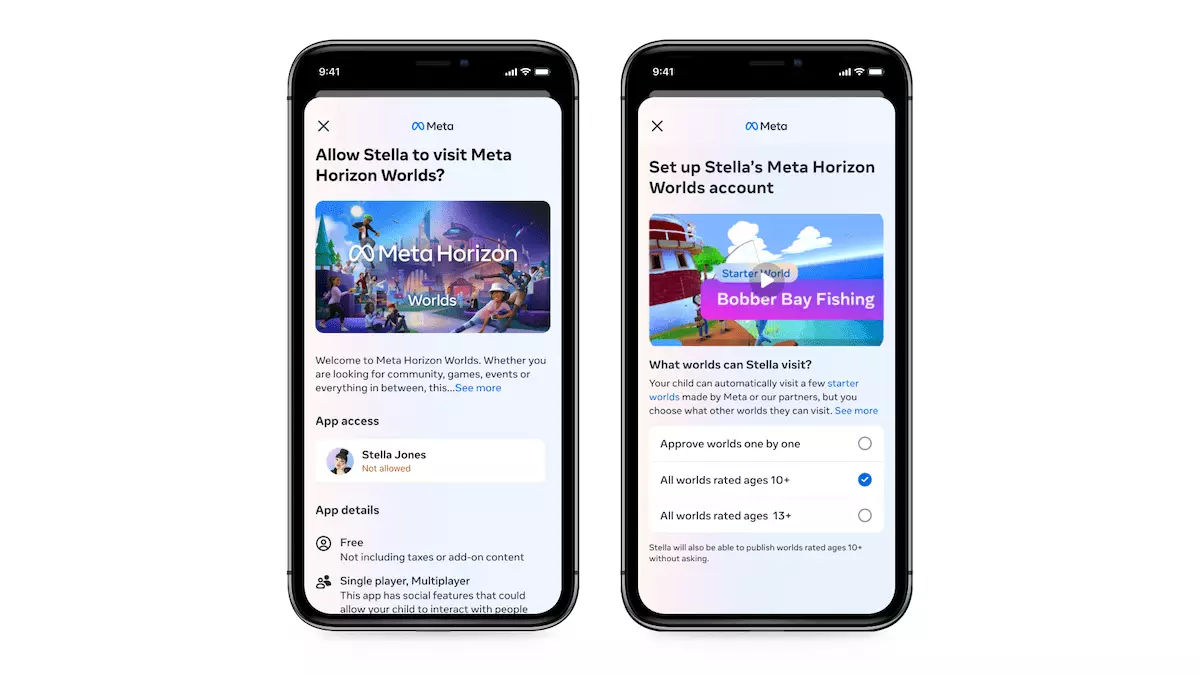Meta has recently introduced new safety measures in its online virtual reality platform, Horizon Worlds, allowing preteens aged 10 to 12 to explore age-appropriate experiences under parent-managed accounts. These safety measures include the ability for parents to approve specific worlds for their preteens to access, such as The Space Station, The Aquarium, and Spy School racing game. Additionally, a new rating system categorizes worlds as 10+, 13+, or 18+, making it easier for parents to control what their children have access to.
In an effort to ensure the safety of preteens on Horizon Worlds, Meta has implemented various features. These include the absence of follower suggestions, default visibility settings set to “offline” unless manually enabled by parents, and a “Personal Boundary” setting that creates a bubble around avatars to prevent others from getting too close. These measures aim to provide a safer and more controlled environment for young users to interact in virtual reality.
Despite these safety measures, there are still concerns among parents and guardians regarding Meta’s ability to protect children online. The company has faced accusations of failing to keep underage users safe on its platforms, with allegations of knowingly promoting messaging platforms to underage users despite awareness of inappropriate content exchanges. Lawsuits filed by the New Mexico Department of Justice and 42 U.S. state attorneys have accused Meta of designing products to attract children, leading to negative impacts on their mental well-being.
Continued Monitoring and Regulation
As the digital landscape evolves and virtual reality becomes more prevalent, the need for enhanced safety measures and regulations to protect young users is critical. It is essential for platforms like Horizon Worlds to prioritize safety by implementing robust parental controls, age-appropriate content filters, and proactive monitoring of user interactions. By continuously updating and improving safety features, Meta can address concerns and build trust with parents and guardians to create a safer online environment for preteens.

